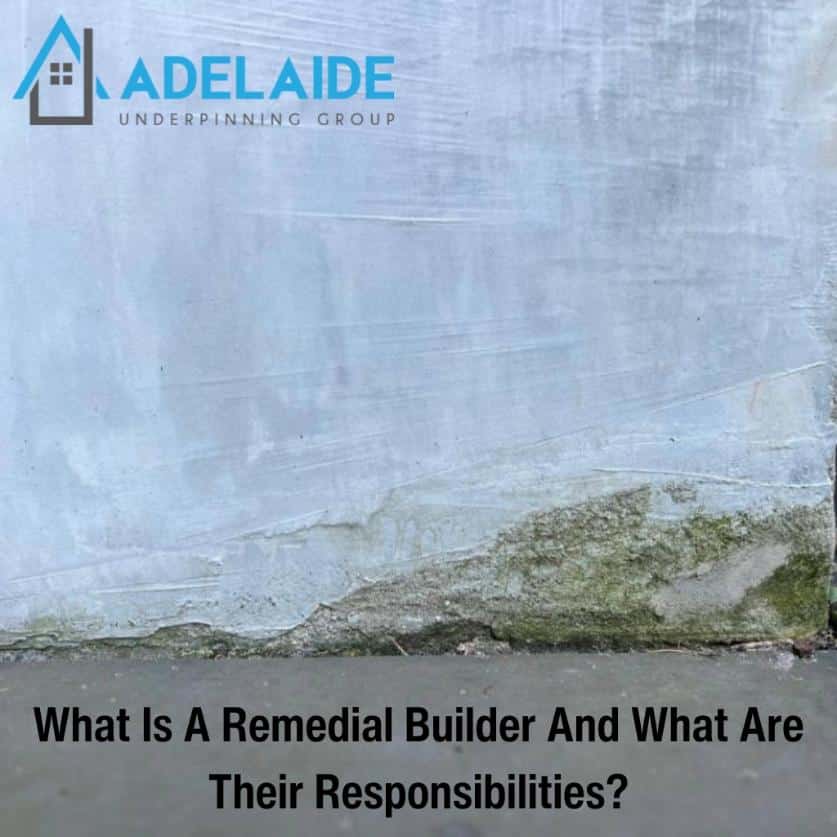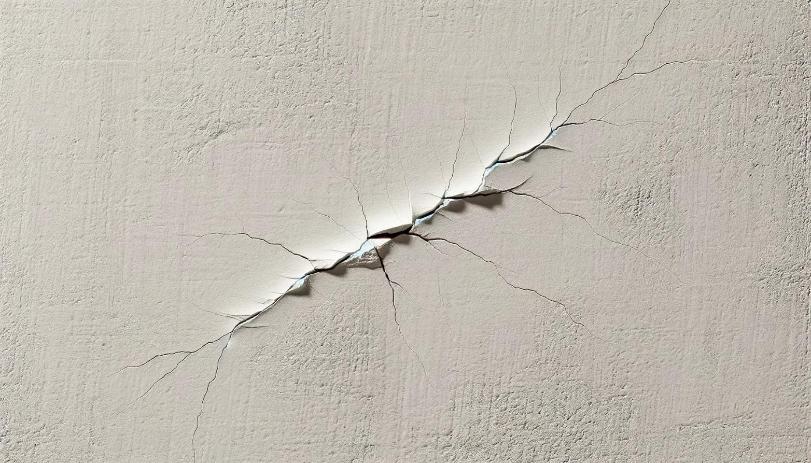What Are the Different Types of House Footings?

The different types of house footings are strip footings, screw piles, pad footings, raft slab footings, and pile foundations. Each one of these footings will provide structures with a stable base thanks to their ability to prevent movement and distribute weight evenly. For this post, we’ll talk more about the various types of house footings […]
What Is A Remedial Builder And What Are Their Responsibilities?

A remedial builder is a specialised professional responsible for repairing, refurbishing, and restoring buildings that have structural issues. Their responsibilities include coordinating with underpinning experts, hiring necessary plumbers, supervising external restoration works, and overseeing roof repairs. Remedial builders work closely with engineers and architects to ensure that repairs meet safety standards and preserve the building’s […]
Is Building a Strong Basement Foundation Important?

Yes, building a strong basement foundation is important. It ensures proper structural integrity of a property, helping prevent issues like subsidence and cracks. Any expert in underpinning restoration services knows that installing a solid foundation will safeguard the basement from external weather conditions and moisture. In this blog, we’ll discuss more about the importance of […]
Screw Piling Vs Bored Concrete Piers

Screw piling and bored concrete piers are two different foundation methods used in construction. In screw piling, builders install helical piles by inserting them directly into the ground, which is quick and efficient. Meanwhile, bored concrete piers provide a more robust foundation but require more time to finish. They are particularly suited for use in […]
How To Repoint a Brick Wall. A Step by Step Guide

To repoint a brick wall, you must remove the old mortar, blend and apply fresh mortar, and allow the new mortar to set. This procedure is vital in preserving the structural stability and aesthetic of brickwork. The technique of brick repointing guarantees the wall stays robust and climate-resistant. In this article, we’ll discuss repointing brick […]
How Can I Prevent Foundation Problems In My Home?

You can prevent foundation problems in your home by ensuring its foundation is free from excess moisture. Things like stormwater, tree roots, and soil conditions are all elements that need to be managed. In this article, we will discuss what you can do to prevent foundation problems, the causes, and other precautions that can prevent […]
Can You Underpin A House Yourself?

Yes, you can underpin a house yourself. Unfortunately, most people lack the actual expertise to ensure a project is completed the right way. You shouldn’t consider DIY underpinning if you don’t have the equipment, proper experience and licencing. Are you wondering if it’s possible to underpin yourself? In this article, we’ll discuss whether it’s safe to underpin […]
How Can I Tell If My Home Needs Underpinning?

You can tell when your home needs underpinning if you start noticing cracks in walls and when windows aren’t shutting or opening properly. These signs are good indications that your property needs underpinning. In this article, we’ll discuss the signs your home may need underpinning and what you can expect from the process. This is […]
What Is Underpinning And When Is It Needed?

Underpinning is a foundation repairs process used to reinforce the foundation of an existing structure where a slab or strip footing is used. This is done by extending the foundation to a deeper, more stable level to reduce and minimise foundational movement. In this article, we’ll discuss what underpinning is, when you need it, and […]
How Much Does It Cost to Underpin a House in Adelaide?

The average cost of underpinning a house in Adelaide ranges from $4,500 to $40,000. Larger projects with more involvement can cost up to $75,000. The price for underpinning depends on a number of factors, including the number of pins being installed, the method used, and access. In this article, we’ll go through the common methods […]
